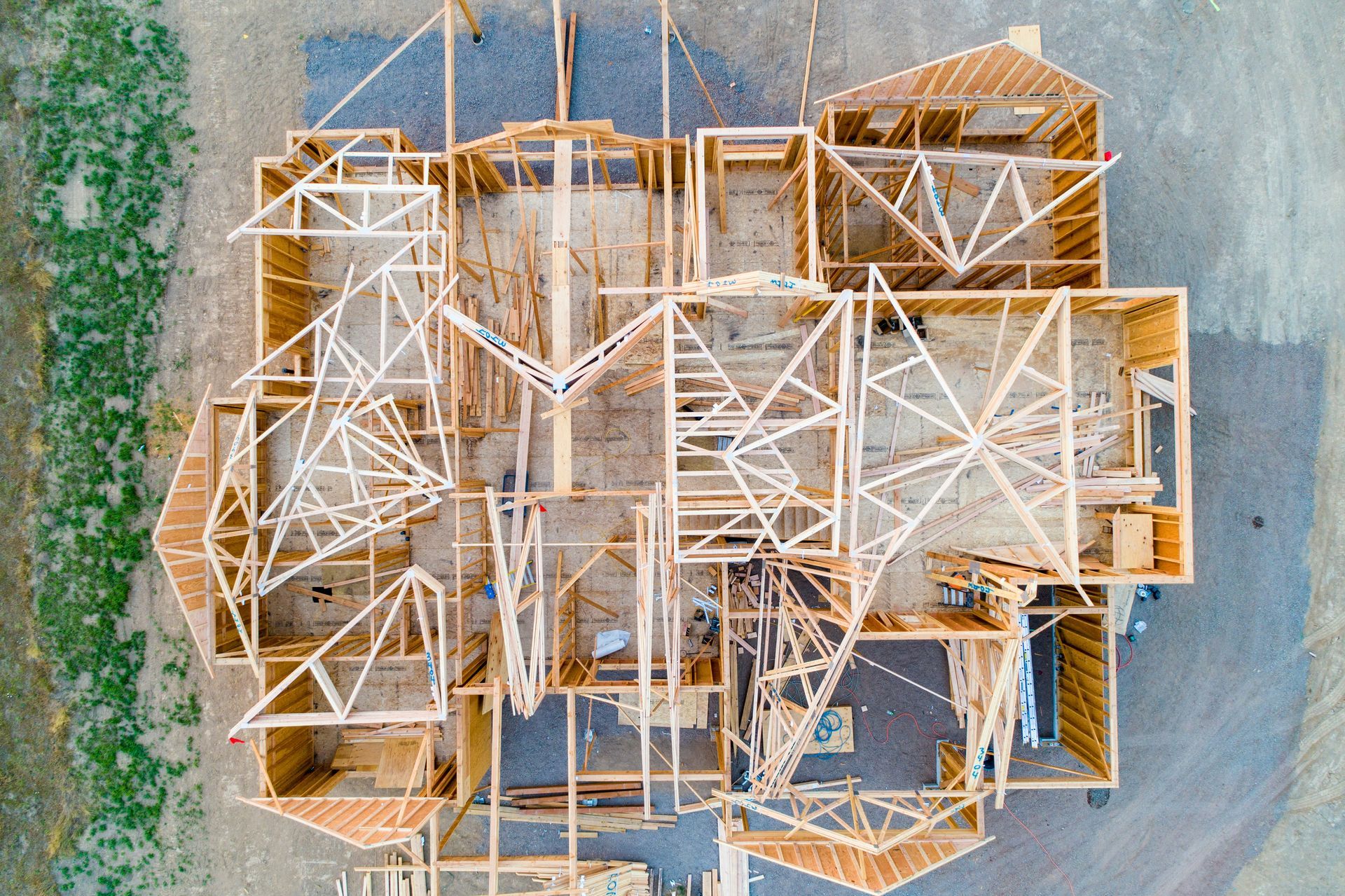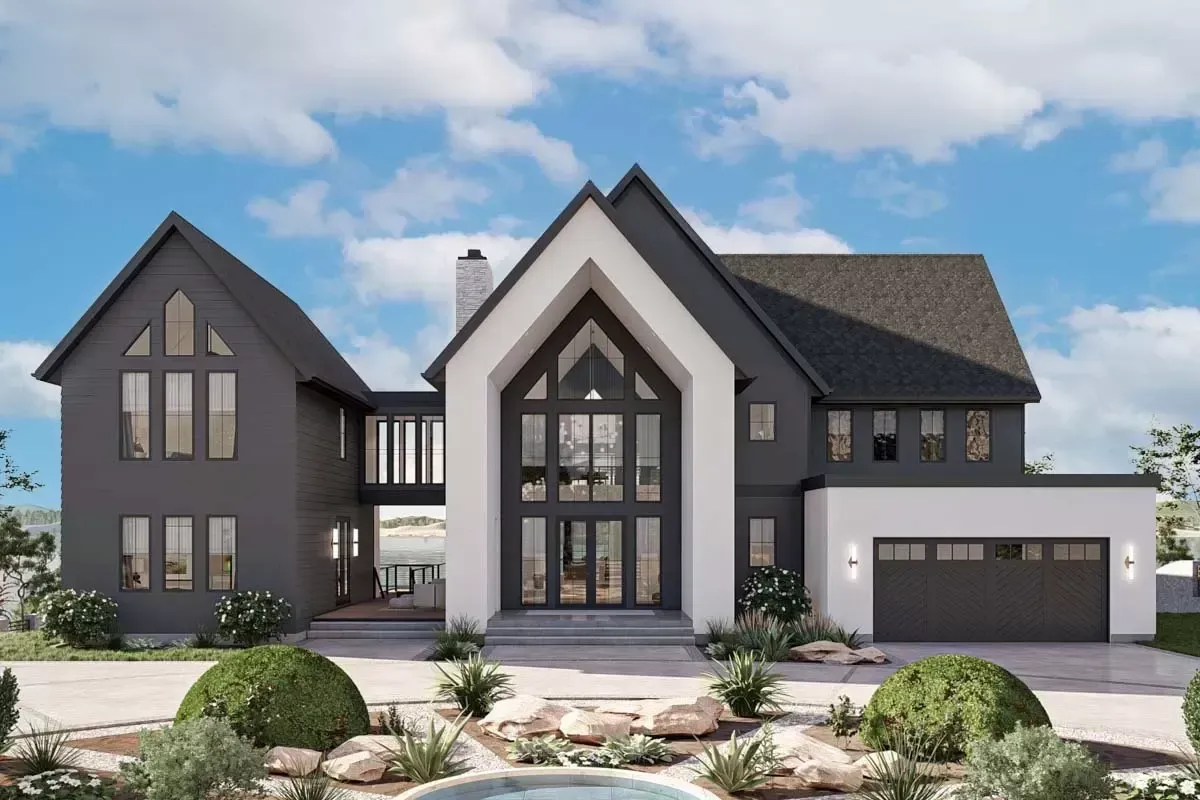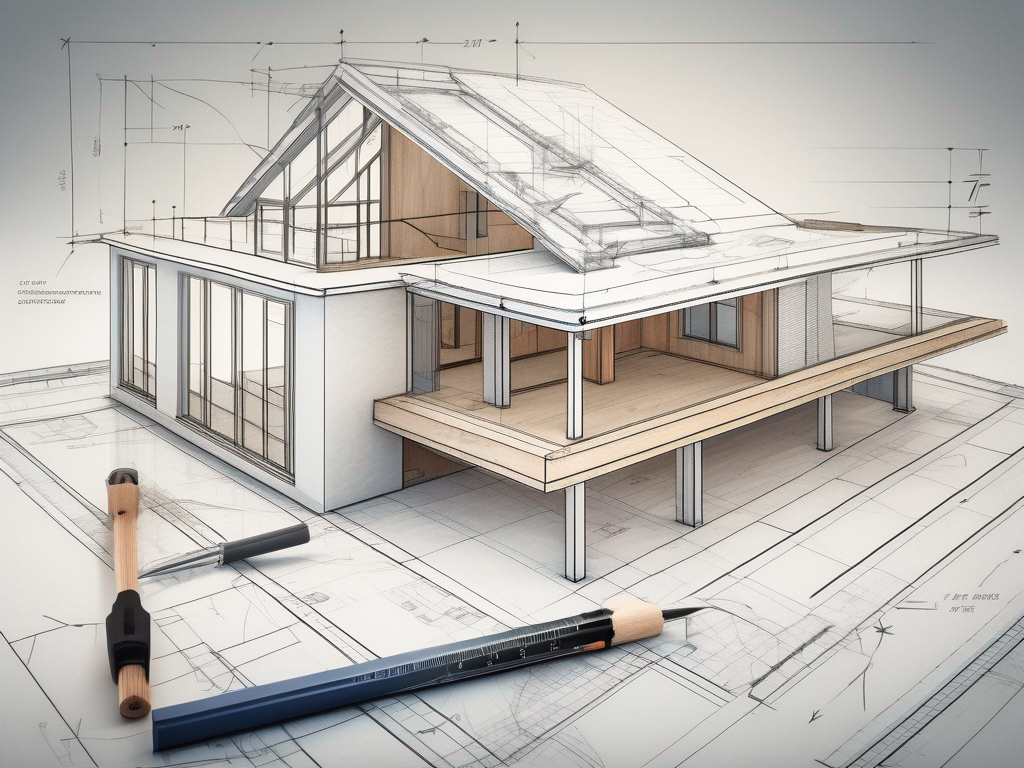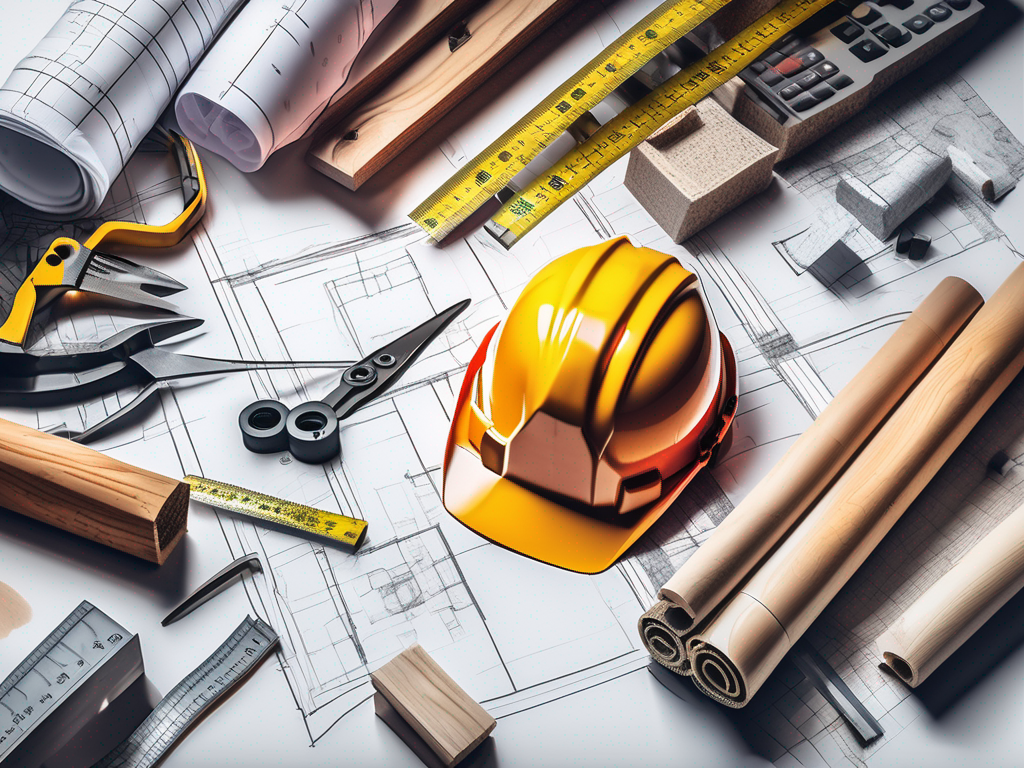Planning for Aging in Place: Designing for the Future
Planning for Aging in Place: Designing for the Future
Aging in place is a concept that promotes independence and quality of life for seniors by enabling them to live in their own homes as they grow older. This article will explore various aspects of planning for aging in place, including design considerations, future needs, financial planning, and legal aspects. With insights from experts like TurnKey Homes, we aim to provide comprehensive guidance for both homeowners and builders.
- Understanding the concept of aging in place
- The role of design in supporting seniors
- Planning for future health and mobility needs
- Financial considerations for home modifications
- Legal and regulatory aspects to keep in mind
Understanding the Concept of Aging in Place
Aging in place refers to the ability of seniors to live comfortably and safely in their own residences for as long as possible. This concept not only emphasizes the importance of independence but also supports physical, emotional, and social needs.

For many older adults, the home is a sanctuary of memories and familiarity, which makes relocating to assisted living facilities a daunting prospect. Thus, aging in place becomes a more desirable option, allowing seniors to maintain their connections with the community and loved ones. The familiarity of their surroundings can provide a sense of comfort that is often irreplaceable, as it allows them to navigate their daily lives with ease and confidence.
The Importance of Aging in Place
Aging in place contributes significantly to a person's overall well-being. Studies indicate that seniors who remain in their homes are often happier and healthier. This environment provides a sense of security and stability, essential for mental and emotional health. Furthermore, the ability to engage in familiar routines and activities can enhance cognitive function, as it encourages seniors to remain mentally active and socially engaged.
Additionally, aging in place can help alleviate the stress on family caregivers, who may otherwise feel compelled to make difficult decisions about moving loved ones to a new environment. Such transitions can lead to feelings of isolation and anxiety for seniors. By allowing them to stay in their own homes, families can foster a sense of normalcy and continuity, which is crucial for maintaining a positive outlook during the later years of life.
Key Elements of Aging in Place
Key elements that facilitate aging in place include accessibility, safety, and social support. Accessibility can be enhanced through specific design modifications that cater to mobility challenges, while safety features help reduce the risk of accidents. Simple changes, such as installing grab bars in bathrooms, widening doorways, and ensuring adequate lighting can make a significant difference in a senior's ability to navigate their home independently.
Moreover, a strong support network of family, friends, and community resources plays a pivotal role in providing the assistance seniors need while fostering their independence. By actively involving family and community members, seniors can maintain both their autonomy and social connections. Local organizations often offer programs that promote social interaction, such as community centers that host events, classes, and volunteer opportunities, which can help combat loneliness and encourage active participation in community life. These relationships not only enhance the quality of life for seniors but also create a more cohesive and supportive environment for everyone involved.
The Role of Design in Aging in Place
Designing a home to accommodate the needs of aging residents involves thoughtful planning and consideration. Ensuring that the layout and features address potential challenges can make a significant difference in a senior's quality of life. A well-designed home can help maintain independence, allowing seniors to live comfortably and confidently in their own spaces for as long as possible.

Designing for Accessibility
Accessibility is vital for seniors looking to navigate their homes comfortably. Features like wide doorways, single-level living, and lever-style door handles can dramatically improve mobility. Additionally, the use of open floor plans can facilitate easier movement, reducing the need for unnecessary turns or obstacles that could pose challenges for those with limited mobility.
Incorporating ramps instead of stairs, installing grab bars in bathrooms, and ensuring good lighting throughout the home are essential design elements. Such changes not only make the home more functional but also promote a sense of dignity for residents as they age. Furthermore, integrating adjustable furniture, such as beds and chairs that can be raised or lowered, can provide added comfort and support, allowing seniors to maintain their routines with greater ease.
Incorporating Safety Features in Design
Safety is another crucial aspect of aging in place design. Installing non-slip flooring, ensuring that the home is free of tripping hazards, and using technology for safety monitoring can significantly reduce accidents. Thoughtful placement of furniture can also contribute to safety; for instance, ensuring that pathways are clear and that frequently used items are easily accessible can help prevent falls and injuries.
Smart home technologies, such as alert systems and automatic lights, further enhance the safety of a home for seniors. These solutions not only address immediate safety concerns but also provide peace of mind for both seniors and their family members. Additionally, incorporating features like voice-activated assistants can empower seniors to control their environment more easily, from adjusting the thermostat to calling for help in an emergency, thereby fostering a greater sense of autonomy and security in their daily lives.
Planning for Future Needs
Anticipating future needs is a critical component of aging in place. The changes that come with age, whether health-related or lifestyle-oriented, must be considered when planning a home that will serve its occupants over time.
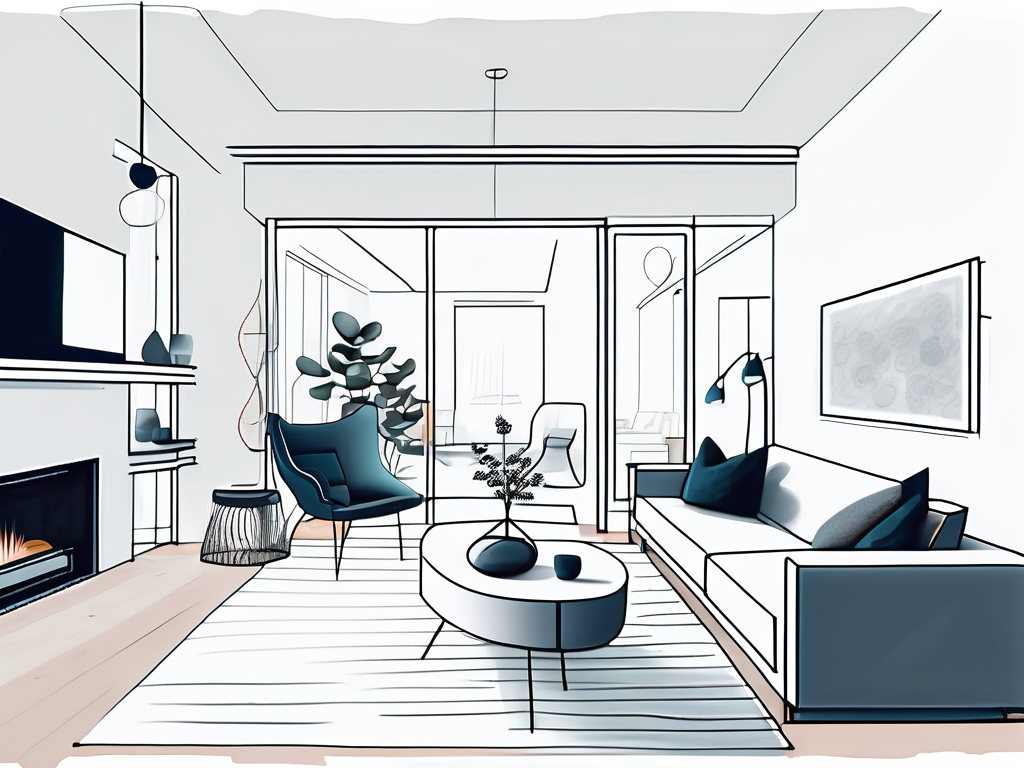
Anticipating Health and Mobility Changes
As people age, it is common for mobility and health to decline. Planning for these changes means considering potential adaptations needed for wheelchairs or walkers, including wider hallways and entry points.
Healthcare access is also important. Close proximity to medical services or designing spaces that allow for in-home care can support seniors in managing their health without the need to relocate. Features such as grab bars in bathrooms, non-slip flooring, and lever-style door handles can significantly enhance safety and ease of movement, making daily activities more manageable.
Additionally, incorporating smart home technology can provide valuable assistance. Devices that monitor health metrics or alert caregivers in case of emergencies can offer peace of mind for both seniors and their families. This integration of technology not only fosters independence but also ensures that help is readily available when needed.
Adapting to Lifestyle Shifts
Lifestyle changes are inevitable as needs and preferences evolve. Individuals may find that they have more time for hobbies or require assistance with daily tasks. Designing adaptable spaces can cater to these lifestyle shifts.
For instance, creating multifunctional rooms that can serve as both a guest bedroom and a craft space allows for flexibility as interests change. Open floor plans can facilitate social interactions, making it easier to host family gatherings or engage in community activities. Furthermore, incorporating outdoor spaces, such as accessible gardens or patios, can encourage physical activity and provide a serene environment for relaxation and enjoyment.
Involving professionals from TurnKey Homes can help ensure that homes are flexible enough to accommodate future changes without needing significant renovations or relocations. Their expertise can guide homeowners in selecting materials and layouts that not only meet current needs but also anticipate future requirements, ensuring a seamless transition as life progresses.
Financial Considerations for Aging in Place
Planning for aging in place requires a detailed understanding of the financial implications. Home modifications can be costly, but they are a worthwhile investment in one’s longevity and comfort.
Budgeting for Home Modifications
A comprehensive budget for home modifications should be established to prepare for anticipated changes. This includes an assessment of what modifications are necessary and how they align with available resources.
Exploring funding options such as grants, loans, or community programs can also alleviate the financial burden associated with aging in place renovations.
Understanding the Costs of Aging in Place
The costs of aging in place extend beyond immediate renovations. Ongoing expenses such as home maintenance, utilities, and potential in-home care must also be considered.
Using a strategic approach to financial planning ensures seniors can maintain their living situation without undue stress or financial strain. Consulting with financial advisors who specialize in elder care can offer valuable insights into managing these costs.
Legal and Regulatory Aspects of Aging in Place
There are legal and regulatory considerations that impact the planning process for aging in place. Understanding zoning laws and regulations is critical when making significant modifications to a home.
Zoning Laws and Home Modifications
Before commencing with any alterations, it is essential to check the local zoning laws to ensure compliance. Some modifications may require permits and inspections, especially if they change the structure of the home.
Working with professionals from TurnKey Homes can streamline this process. Their expertise in navigating regulations will help ensure that home modifications meet all necessary legal requirements.
Legal Rights of Seniors
Seniors have specific legal rights that protect them in their living environments. They are entitled to live independently in their homes, and there are laws designed to prevent discrimination against them in housing-related matters.
Awareness of these rights can empower seniors and their families, equipping them with the necessary knowledge to advocate for their needs effectively. It's important to stay informed about relevant laws and reach out to legal professionals when in doubt.
In conclusion, planning for aging in place is a multifaceted approach that considers the physical, emotional, financial, and legal aspects of living independently as one ages. With thoughtful design choices and professional guidance from experts like TurnKey Homes, seniors can enjoy their golden years in comfort and security.
Let’s talk about your project
Fill out the form, or call us to set up a meeting at
We will get back to you as soon as possible.
Please try again later.



